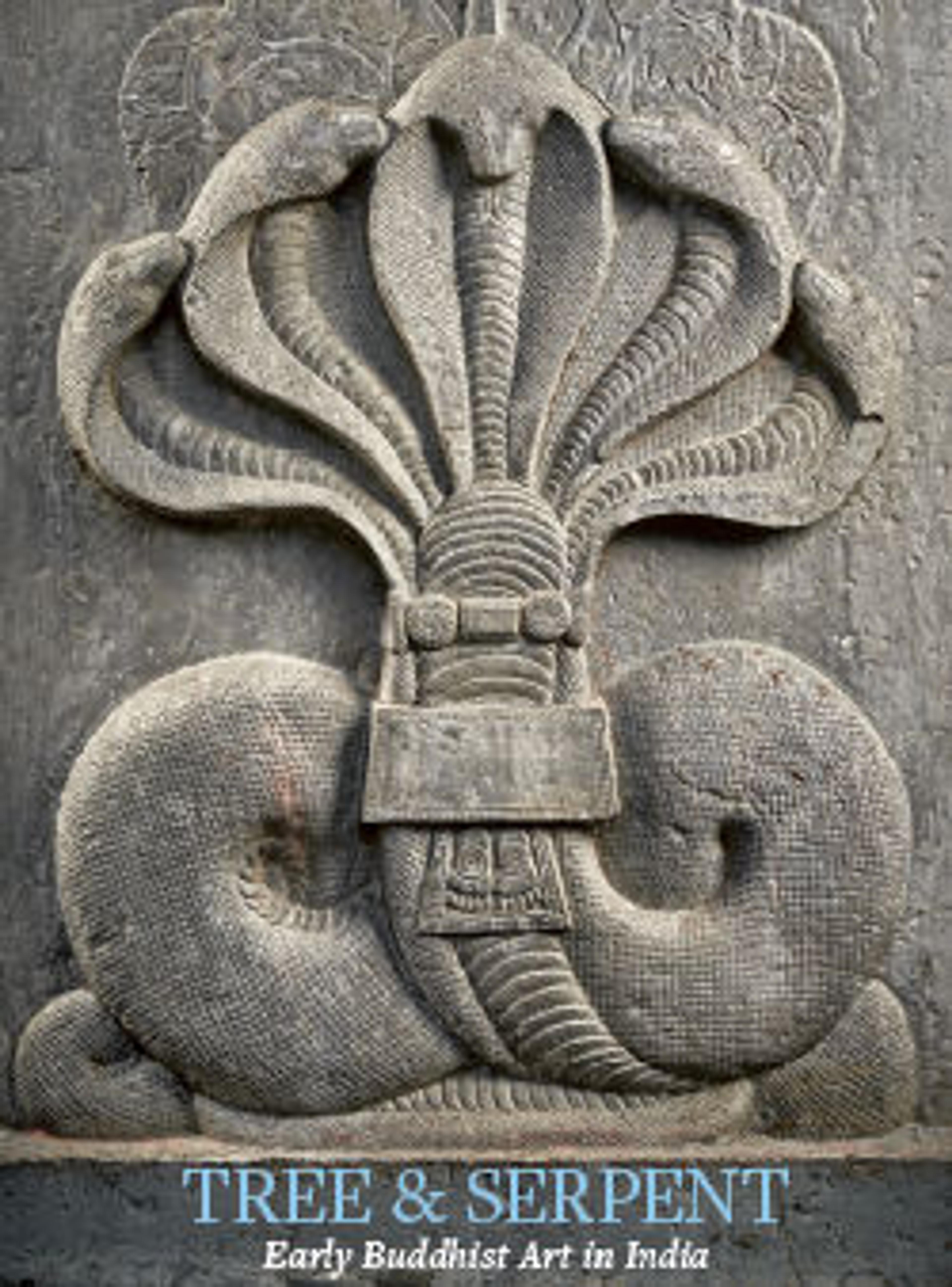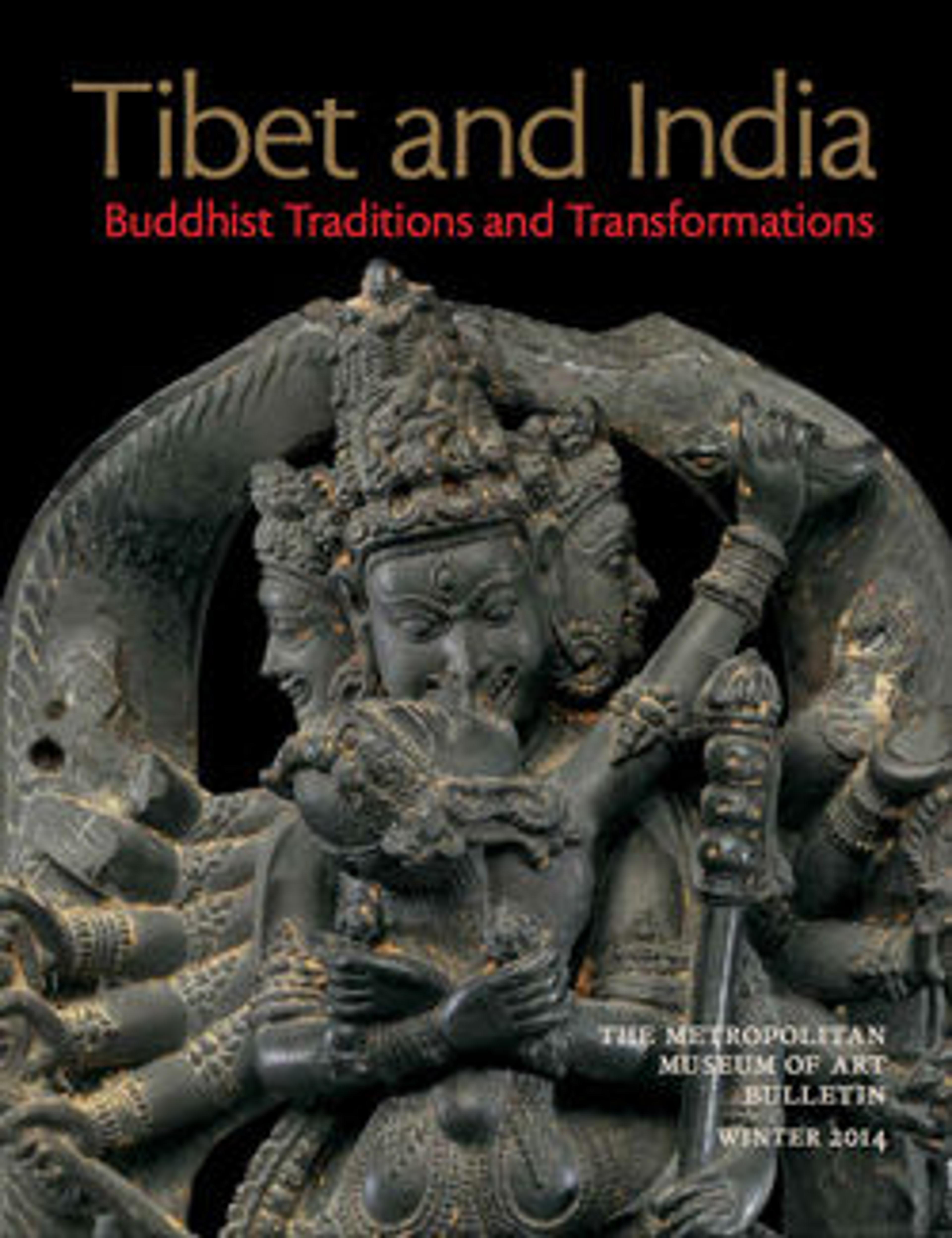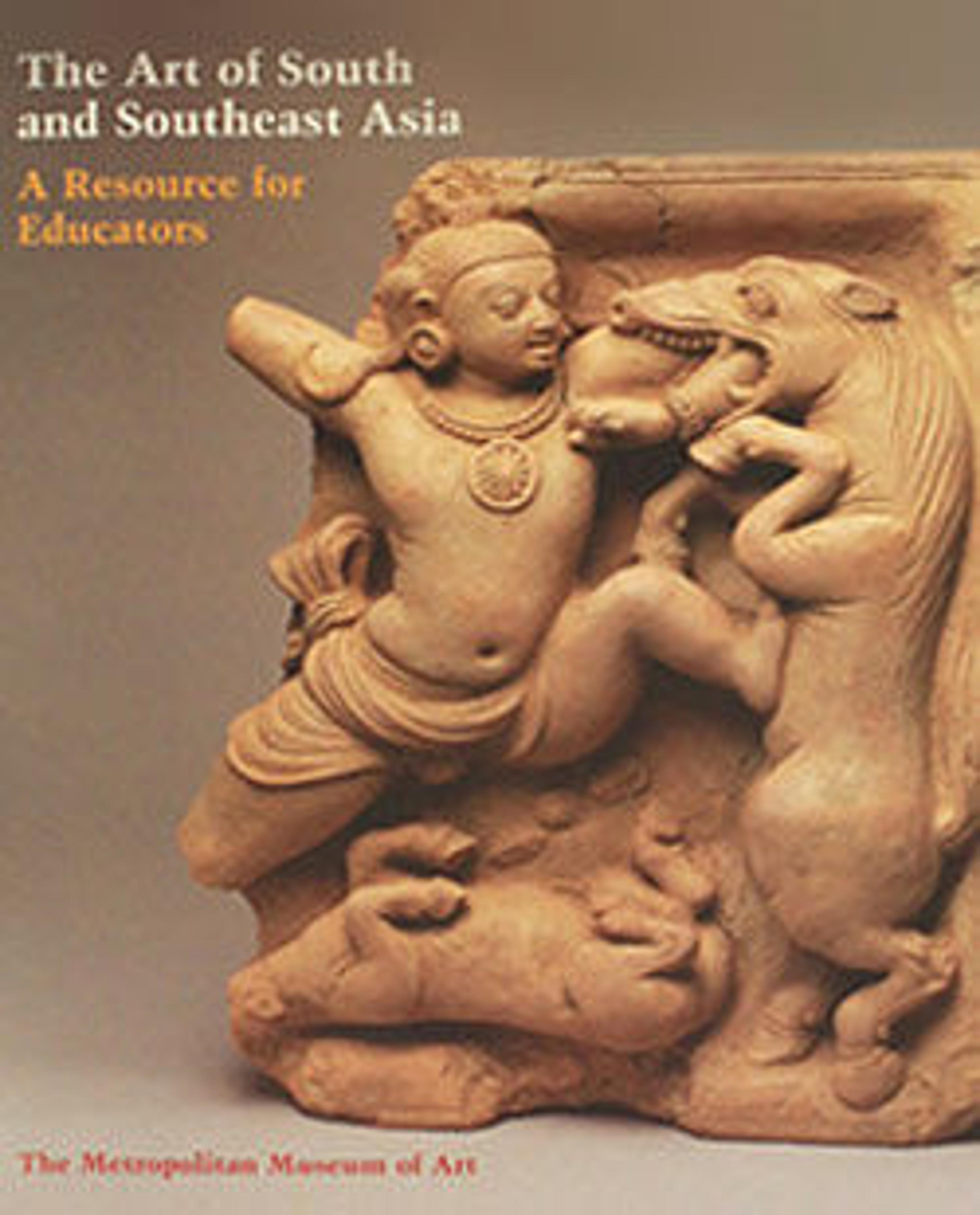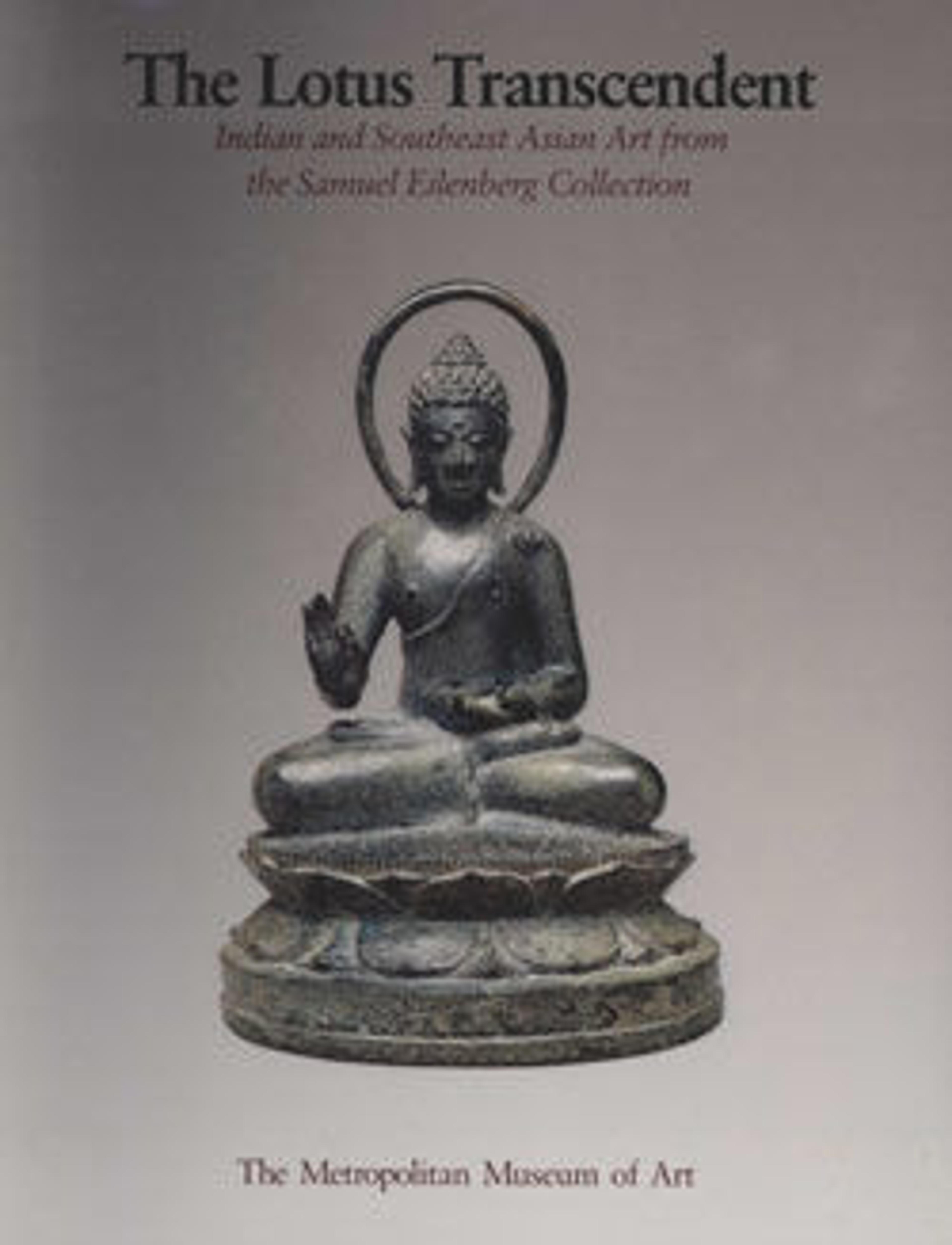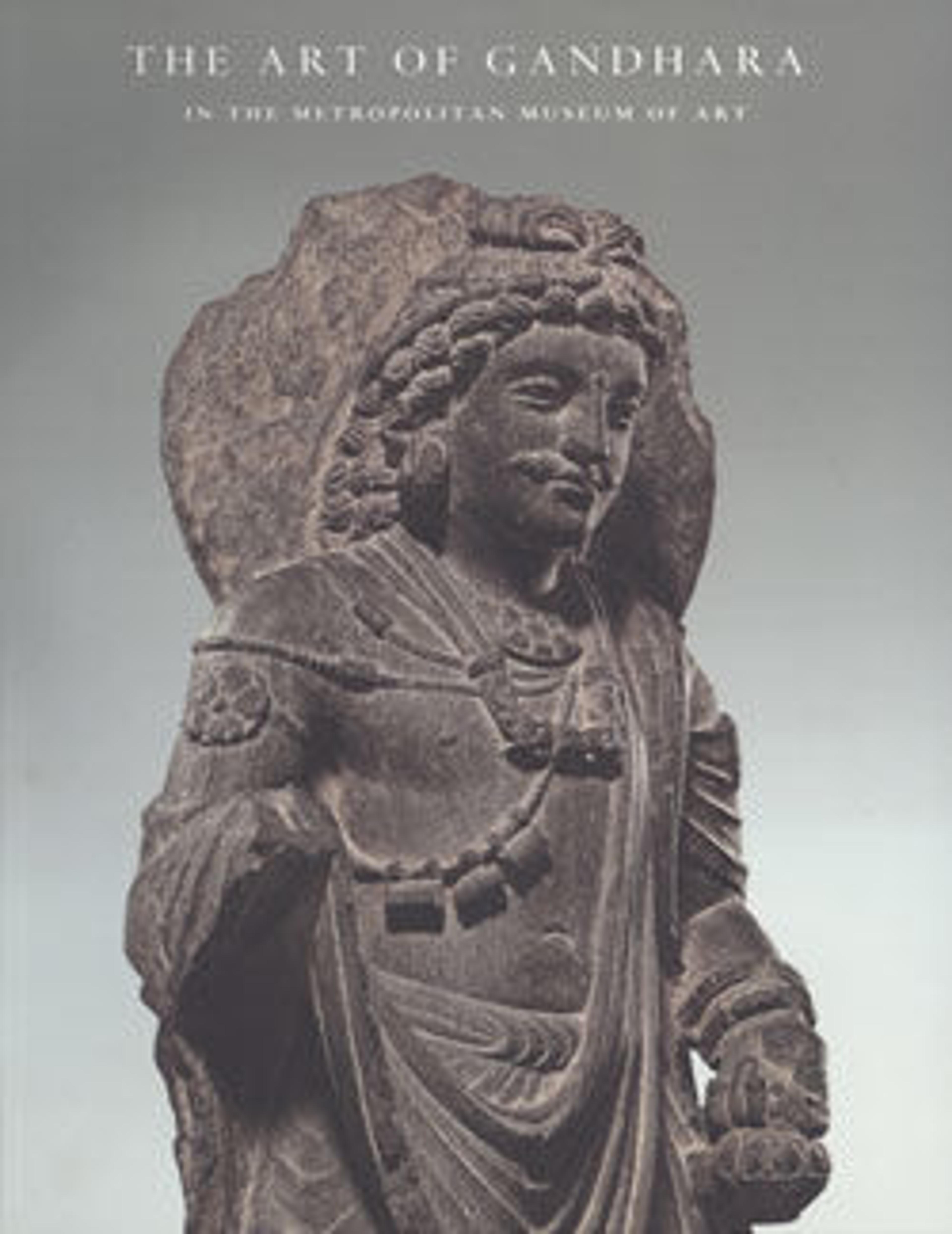
The Art of Gandhara in The Metropolitan Museum of Art
Ancient Gandhara, located in the rugged foothills of the Himalayas in what is today northwest Pakistan and eastern Afghanistan, was for centuries a thriving center of trade along the Silk Road linking China, South Asia, and the Mediterranean. Gandhara's strategic position and wealth attracted many invaders, including the Greeks, Parthians, and Kushans, who brought with them diverse religious traditions and artistic conventions. Much of Gandharan art is thus a compelling fusion of foreign styles that ultimately gave visual form to the region's Buddhist religious ideals. Buddhism, which had emerged from north India, was embraced by the Gandharan people, whose wealth gave them the means to invest large sums of money in the construction of Buddhist monasteries and sacred areas. More sculpture and architecture made in the service of Buddhism has been found in Greater Gandhara than in any other part of ancient South Asia.
Among the earliest remains from Gandhara are luxury items found in urban centers, including intricately carved stone dishes, jewelry, and trade goods carved in bone or ivory, dating from the second century B.C. to the first century A.D. The first art associated with Buddhism dates to the early first century A.D., when carved reliefs embellishing religious architecture began to appear. These reliefs typically illustrate important episodes from the biography of the Buddha, such as his birth, first sermon, and death. Following a gradual decline in the narrative sculptural tradition, devotional images of Buddhas and bodhisattvas began to appear: iconic representations that were meant to be associated with major concepts in the religion. In Gandhara devotional sculptures grew dramatically in size from about the late fourth to early fifth century A.D., at the same time as their iconography became ever more complex. By the late fifth century A.D., the patronage of Buddhist monuments in Gandhara had begun to decline, but in Afghanistan this artistic tradition flourished until about the eighth century A.D. It was during this late phase in Afghanistan when devotional representations of Buddhas and bodhisattvas reached truly monumental proportions, such as the famous Buddhas at Bamiyan.
The Metropolitan Museum of Art is fortunate to have in its collections a broad and artistically rich sampling of Gandharan art from almost all phases of the region's history, including a unique bronze statuette of the Buddha Shakyamuni from about the first to second century A.D. In surveying these important works, this volume relies on the latest scholarship to refine our understanding of Gandhara's complex cultural history as well as its evolving artistic traditions.
Met Art in Publication
You May Also Like
Press the down key to skip to the last item.
Citation
Behrendt, Kurt A. 2007. The Art of Gandhara in the Metropolitan Museum of Art. New York New Haven (Conn.): Metropolitan museum of art Yale university press.
